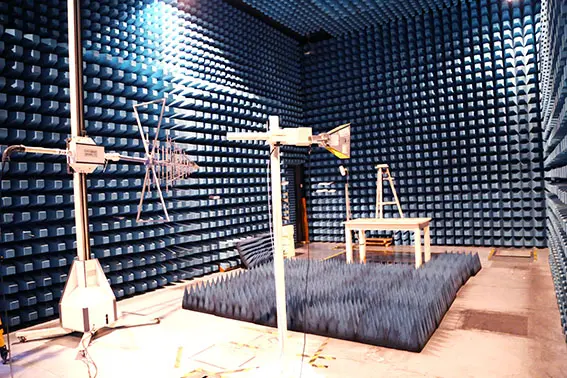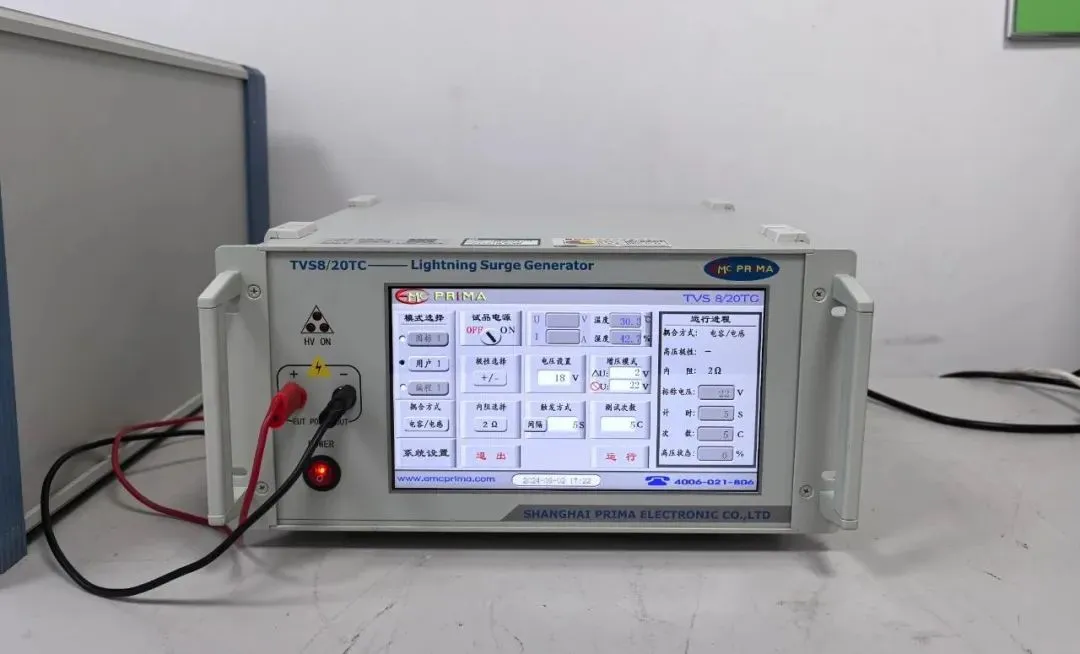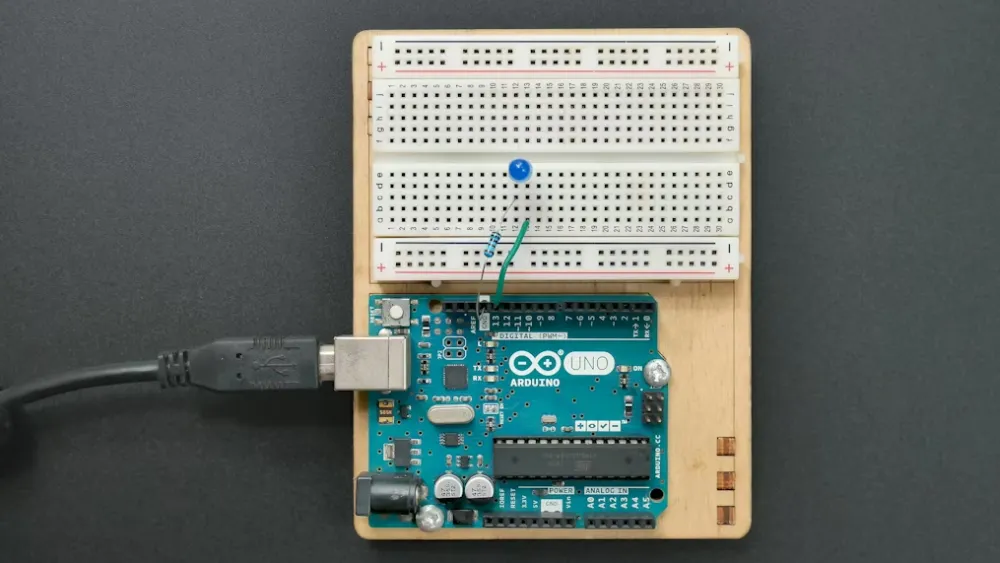
Saudi SASO IEC 62680-1-3 Standard
The European Union mandates compliance with IEC 62680-1-2 and EN IEC 62680-1-3 standards for Type-C products. Following this, Saudi Arabia will enforce SASO EN IEC 62680-1-2 and SASO EN IEC 62680-1-3 standards starting January 1, 2025.

European Union RegULations:
Directive (EU) 2022/2380 requires 13 categories of products to uniformly adopt USB Type-C interfaces starting December 28, 2024. CE-RED certification must include EN 62680-1-3:2021 and EN 62680-1-2:2021 test reports. Product types include smartphones, tablets, cameras, headphones, portable speakers, and handheld video game consoles. The requirement for laptop devices will become mandatory on December 28, 2026, and all new devices entering the EU market after the mandatory date must meet the directive’s requirements.
Saudi Arabian Standards:
As of August 1, 2024, SASO requires 18 types of products applying for Saudi PCoC certification to provide evidence that their Type-C interface performance meets SASO IEC 62680-1-2 and SASO IEC 62680-1-3 test reports. Product types include MICe, keyboards, speakers, cameras, etc. For smartphones, tablets, e-readers, portable gaming devices, headphones, and wired and wireless earphones, the mandatory adoption of the USB Type-C interface begins on January 1, 2025. For laptops, the mandatory Type-C requirement begins on April 1, 2026, aligning with the eu red directive.
Updated Standards:
1. Responsibilities of manufacturers, importers, and distributors: The new standards clarify their respective responsibilities during the production, sale, and distribution of electronic products. Manufacturers are responsible for the product design and manufacturing, ensuring compliance with standards; importers and distributors are responsible for product sales and promotion, ensuring compliance with relevant regulations and standards.
2. Mandatory USB Type-C charging interface compliance: The new standards require 13 categories of electronic products capable of cable charging to equip a USB Type-C charging interface compliant with EN IEC 62680-1-3:2021 standards and to use charging cables meeting the same standards. This aims to improve charging efficiency and user experience while reducing electronic waste.
3. Support for standardized USB PD protocol in fast-charging devices: Devices supporting fast charging must comply with the EN IEC 62680-1-2:2021 standardized USB Power Delivery (PD) protocol, ensuring safety and compatibility while improving charging efficiency.
4. Definitions of USB Type-C sockets, plugs, and cables: The IEC 62680-1-3:2021 standard defines new sockets, plugs, cables, and testing mechanisms compatible with existing USB interface electrical and functional specifications. It covers aspects needed for producing and using this new USB cable/connector solution in newer platforms and devices, as well as interoperation with existing platforms and devices.
Impact of the New Standards:
1. Impact on manufacturers: Higher requirements for design, manufacturing, and testing may increase production costs and time investment.
2. Impact on consumers: The new standards ensure safer, more efficient, and environmentally friendly use of electronic products, improving charging efficiency and user experience.
3. Impact on the industry: The new standards drive upgrades and development in the electronics industry. Non-compliant products will gradually be phased out, with compliant products occupying a larger market share, fostering healthy competition and growth in the industry.
Key Points of the New Directive:
1. Article 3.3(a) was adjusted, and Article 3.4 was added, specifying implementation requirements for universal charging interfaces.
2. Updated responsibilities for manufacturers, importers, and distributors.
3. All 13 categories of cable-charging capable products must equip a USB Type-C charging interface compliant with EN IEC 62680-1-3:2021 standards and use cables meeting the same standards. Devices supporting fast charging must comply with EN IEC 62680-1-2:2021 USB PD (Power Delivery) protocol.
4. Wireless communication devices sold in the EU market may choose whether to include a charger. Packaging or labels must clearly display the type and configuration of the charger in a readable and visible format, with a minimum font size of 7mm.
Impact on DNS Products:
1. Standalone chargers and cables are not affected.
2. For bundled products, if the terminal device is one of the 13 categories under Directive (EU) 2022/2380, the terminal device, cable, and charger must comply with the directive.
3. TWS headphones with USB cables:
- Charging cases with a USB Type-C port must comply with IEC 62680-1-3; no requirements are imposed on the earbud charging port.
- Charging case USB-C female ports must support 16-pin or 24-pin configurations. USB-C male connectors on cables may use 9, 12, 14, 16, 22, or 24 pins, provided they comply with 62680 standards.
- Bundled USB cables do not have to be USB-C to USB-C cables; USB-C to USB-A cables are acceptable.
4. Wireless portable speakers (e.g., Bluetooth speakers), wireless mice, and wireless keyboards fall under the directive’s scope.
Email:hello@jjrlab.com
Write your message here and send it to us
 EU Walkie-Talkie Testing Standards (30MHz–1000MHz)
EU Walkie-Talkie Testing Standards (30MHz–1000MHz)
 EU Compliance Certification Requirements for Tread
EU Compliance Certification Requirements for Tread
 EU Amazon & TEMU Compliance for Wireless Produ
EU Amazon & TEMU Compliance for Wireless Produ
 Bluetooth BQB Compliance Protocol Testing
Bluetooth BQB Compliance Protocol Testing
 Audio-Visual Equipment CE EN 62368 Testing Process
Audio-Visual Equipment CE EN 62368 Testing Process
 Amazon Portable Power Station Direct Validation Gu
Amazon Portable Power Station Direct Validation Gu
 What is the Japan PSE JIS C 62368-1:2020 Test
What is the Japan PSE JIS C 62368-1:2020 Test
 JIS C 62368-1 Electrical Safety Testing Standard
JIS C 62368-1 Electrical Safety Testing Standard
Leave us a message
24-hour online customer service at any time to respond, so that you worry!




